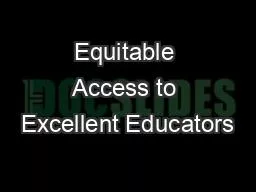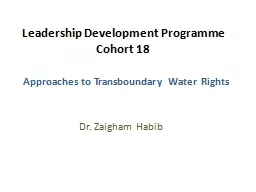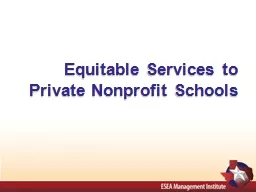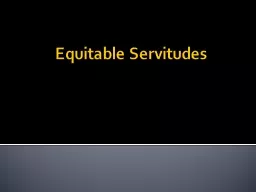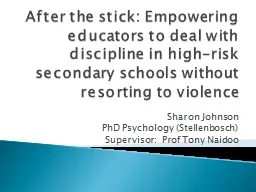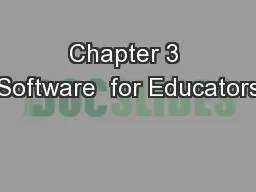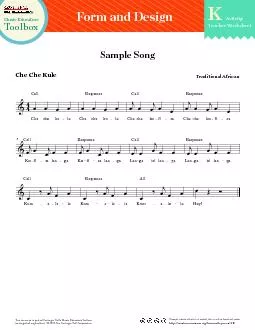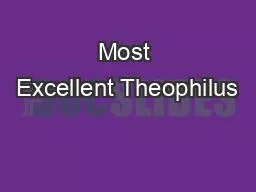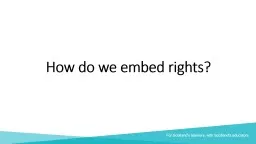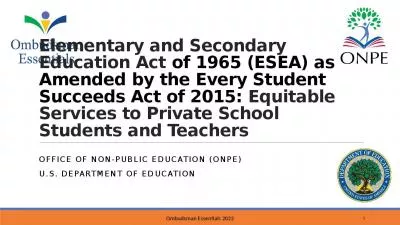PPT-Equitable Access to Excellent Educators
Author : hotmountain | Published Date : 2020-08-29
CACE Meeting April 13 2018 Introductions Resource Allocation Strategy amp Planning Federal Grant Programs Center for Instructional Support Educator Development
Presentation Embed Code
Download Presentation
Download Presentation The PPT/PDF document "Equitable Access to Excellent Educators" is the property of its rightful owner. Permission is granted to download and print the materials on this website for personal, non-commercial use only, and to display it on your personal computer provided you do not modify the materials and that you retain all copyright notices contained in the materials. By downloading content from our website, you accept the terms of this agreement.
Equitable Access to Excellent Educators: Transcript
Download Rules Of Document
"Equitable Access to Excellent Educators"The content belongs to its owner. You may download and print it for personal use, without modification, and keep all copyright notices. By downloading, you agree to these terms.
Related Documents

